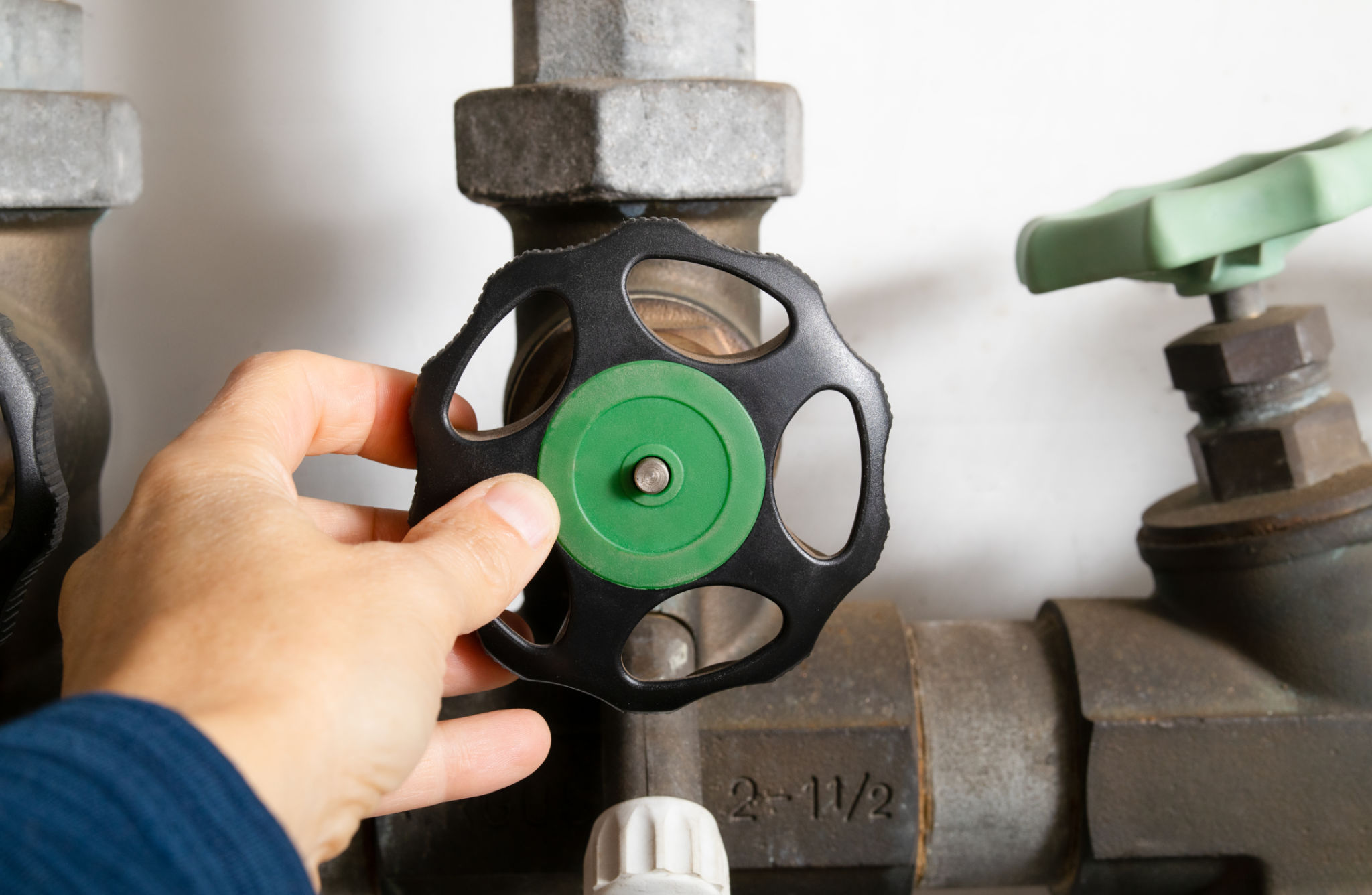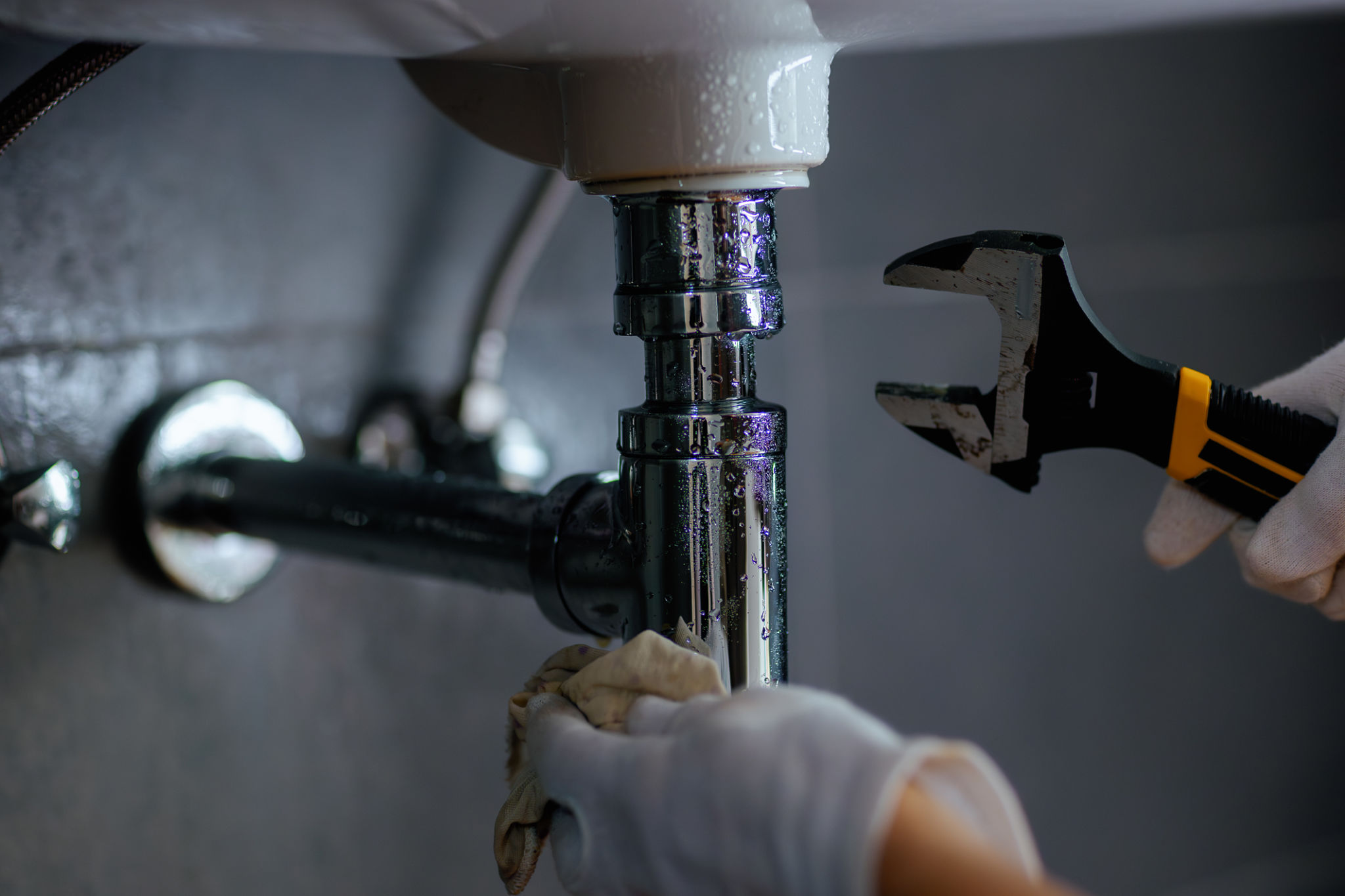DIY Tips for Maintaining Your Backflow Prevention System at Home
Understanding Backflow Prevention Systems
Backflow prevention systems are crucial in ensuring that your water supply remains uncontaminated. These systems prevent the reverse flow of water, which could introduce harmful substances into your clean water supply. As a homeowner, maintaining your backflow prevention system is essential to safeguard your water quality and comply with local regulations.
Regular maintenance of your backflow prevention system can help you avoid costly repairs and potential health hazards. By performing some simple DIY checks, you can ensure that your system operates efficiently and effectively. In this post, we'll explore some easy tips to maintain your backflow prevention system.

Regular Inspection and Testing
It is important to inspect your backflow prevention system regularly. Look for visible signs of wear and tear, such as rust or leaks around the valves and pipes. Regular inspections can help you identify minor issues before they become major problems.
Additionally, testing your system at least once a year is crucial. While professional testing is recommended to ensure accuracy, you can perform basic checks yourself. Ensure all valves are functioning correctly by turning them on and off to see if there are any unusual noises or resistance.
Tools Needed for Inspection
- Wrench
- Screwdriver
- Pressure gauge
- Flashlight

Cleaning and Maintenance
Keeping your backflow prevention system clean is vital for its longevity. Remove any debris or dirt from around the system to prevent blockages. Regular cleaning can also help you spot any potential issues, such as corrosion.
If your system includes air gaps, ensure they are free from obstructions. Air gaps are designed to provide a physical separation between your water supply and potential contaminants, so keeping them clear is essential. Check for any buildup of minerals or sediment that might affect the system's performance.
Step-by-Step Cleaning Process
- Turn off the water supply to the system.
- Use a damp cloth to wipe away dirt and debris from the exterior.
- Check for mineral deposits and remove them using a solution of vinegar and water.
- Inspect the valves for any blockages or buildup.
- Turn the water supply back on and test the system.

Troubleshooting Common Issues
Even with regular maintenance, you may encounter issues with your backflow prevention system. Common problems include leaks, reduced water pressure, and unusual noises. Identifying these issues early can prevent more significant damage.
If you notice a decrease in water pressure, it could indicate a blockage or malfunctioning valve. In such cases, it might be necessary to disassemble the valves to check for obstructions or damage. Always follow the manufacturer's instructions when attempting repairs.
When to Call a Professional
While DIY maintenance is beneficial, some situations require professional expertise. If you encounter persistent issues despite regular maintenance or lack the necessary tools and knowledge to resolve complex problems, it's best to contact a licensed plumber or backflow specialist.
Maintaining your backflow prevention system is vital for ensuring a safe and clean water supply. With regular inspection, cleaning, and troubleshooting, you can keep your system functioning effectively and extend its lifespan. Remember, when in doubt, consult with a professional to avoid compromising your water quality.
